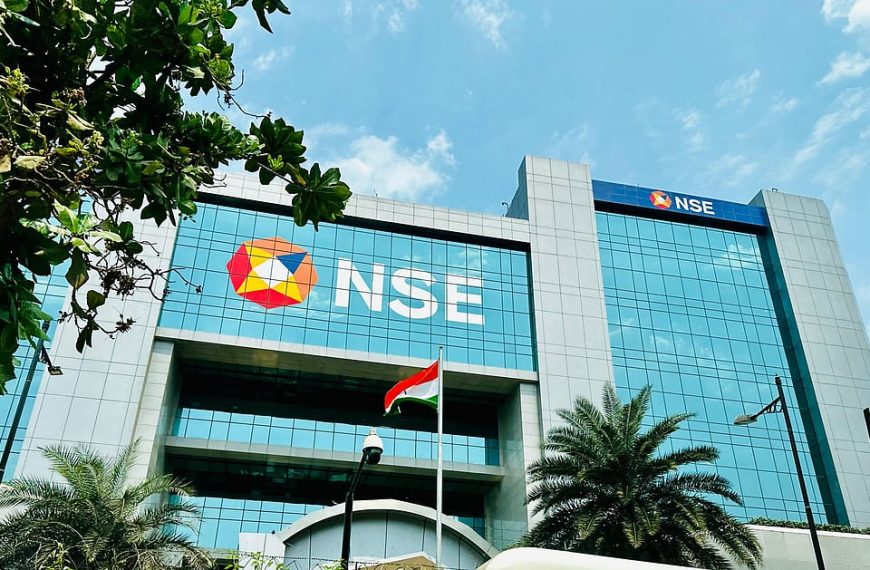As global investors brace for President Donald Trump’s much-anticipated announcement regarding reciprocal tariffs on April 2, dubbed “Liberation Day,” a pressing concern has emerged for the Indian market. Samir Arora, founder and fund manager of Helios Capital, emphasizes that the real threat to India extends beyond the direct impact of US tariffs. Instead, he points to the overall stability of the US economy and its stock markets as the primary concern that could send shockwaves through global markets, including India.
Understanding the Bigger Picture: US Economic Health
Arora underscores that the true risk for the Indian market lies not in tariffs themselves but in how US trade policies could destabilize its economy. He articulates this in a post on X, stating, “The biggest risk to the Indian market is not tariffs applied to India but the repercussions of the US market’s performance and economy, which can affect various sectors, including Indian IT.” This perspective is crucial as it shifts the focus from immediate trade concerns to the broader implications of economic health.
Shifts in Investor Behavior
Recently, investor sentiment has undergone a notable transformation. Previously, capital was flowing from emerging markets like India into the US, drawn by the allure of robust economic growth and enticing returns. However, with rising fears regarding the sustainability of US growth, high interest rates, and looming trade disruptions, the tide has turned. Arora reflects on this shift, noting, “How times change: Investors were previously exiting Indian markets to invest in the US, but now the weakness in the US market poses the greatest risk to India.”
Why the US Market’s Weakness Holds Significance for India
The US has implemented tariffs on various nations, including China, which has led to increased trade tensions. Such disruptions can create challenges for global supply chains and escalate costs for US businesses, potentially stalling economic growth. A downturn in the US economy can trigger a domino effect worldwide, impacting countries like India. The intricate ties between economies mean that policies not specifically targeting India can still have significant repercussions for Indian businesses and investors.
Impacts on Key Sectors: IT and Exports
The Indian IT sector, heavily reliant on revenue from the US, stands to be particularly affected by any economic slowdown. A dip in US corporate earnings or economic activity could force companies to cut back on IT expenditures, directly impacting major players such as TCS, Infosys, and Wipro.
Foreign Portfolio Investment and Liquidity Concerns
A weakened US market often heightens risk aversion among global investors. In times of economic uncertainty, there is a tendency to retreat to safer assets like US Treasuries, leading to capital flight from emerging markets, including India. This could exacerbate liquidity issues in the Indian economy.
The Larger Macroeconomic Landscape
As the largest economy in the world, the US significantly influences global trade dynamics. A slowdown in US consumption due to tariffs or economic hurdles can disrupt supply chains and diminish opportunities for Indian exporters, extending beyond just IT services.
Navigating the Future: What Lies Ahead
While the potential impact of US tariffs on India remains a critical topic, Arora’s insights emphasize the importance of understanding the broader economic landscape. If the US economy encounters difficulties, the repercussions for India could be substantial. Investors, policymakers, and businesses must stay vigilant, monitoring global market developments, trade policies, and interest rate fluctuations to adeptly navigate these uncertain waters.
In a world where markets are increasingly intertwined, India’s ability to weather external shocks will largely depend on its capacity to diversify economic strengths and formulate effective responses to global challenges.










